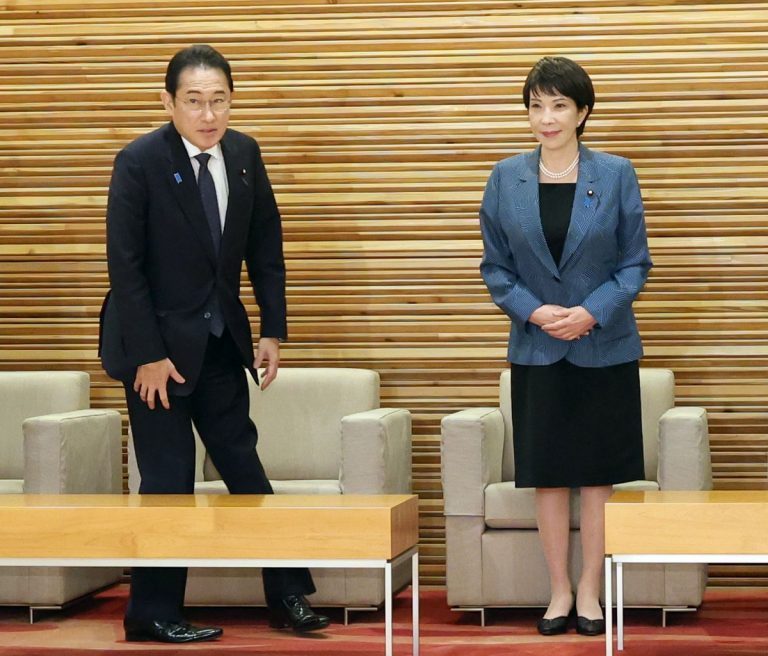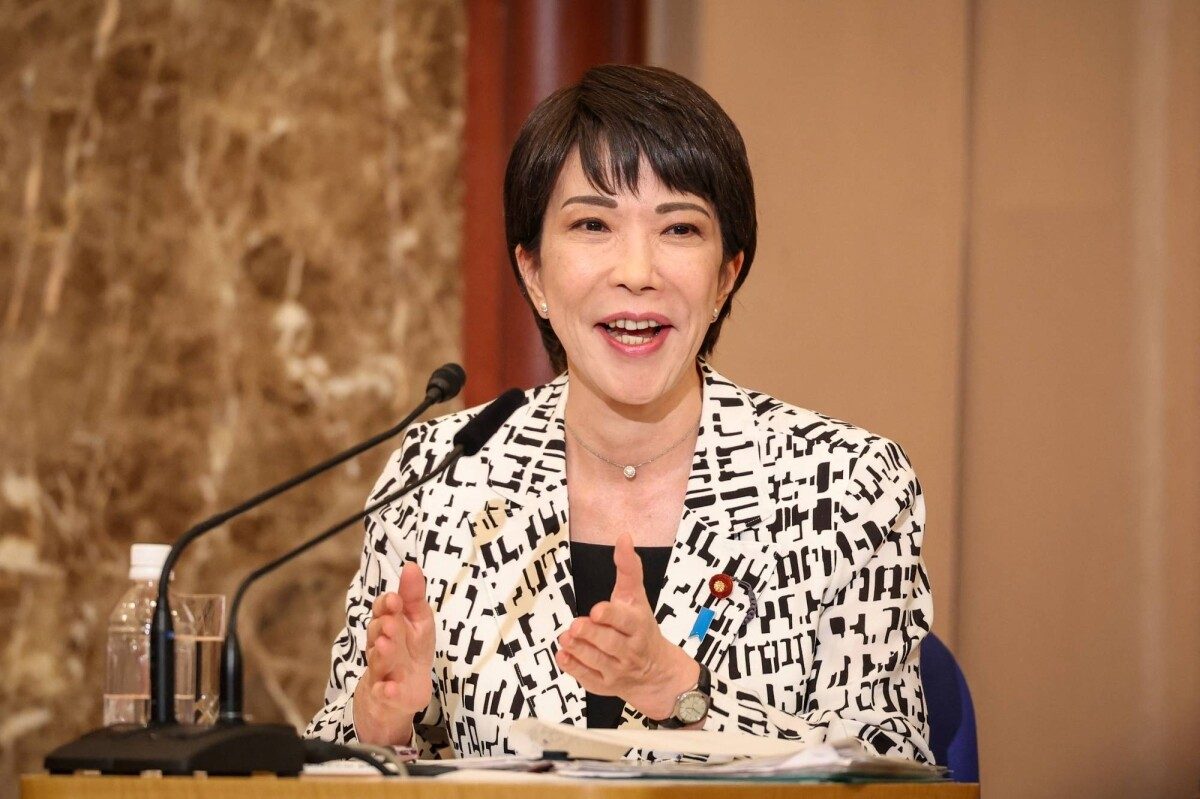Japan may soon appoint its first female prime minister, with Sanae Takaichi currently leading a close race to replace outgoing Prime Minister Shigeru Ishiba. Although she heads recent polls, the leadership contest remains uncertain.
Ishiba’s resignation followed electoral losses and rising public frustration amid economic challenges, including a sharp surge in food prices. His departure has opened a competitive contest within the ruling Liberal Democratic Party (LDP), where Takaichi and agriculture minister Shinjiro Koizumi have emerged as frontrunners. Both are expected to announce candidacies soon.
A recent Nikkei poll showed Takaichi at 23% support, narrowly ahead of Koizumi on 22%. If successful, Takaichi would break a significant barrier by becoming Japan’s first woman leader.
Tomohiko Taniguchi, a former adviser to the late Prime Minister Shinzo Abe, told CNBC that Japan’s electorate is more ready than many think, citing high female workforce participation compared to the United States.

Takaichi previously ran for LDP leadership last year, narrowly losing to Ishiba. Since then, she has distanced herself from his administration. She is known for backing “Abenomics,” advocating continued fiscal stimulus and expressing concern over the Bank of Japan’s interest rate hikes, which she has called premature. She also supports revising Japan’s pacifist constitution, particularly Article 9.
Koizumi, by contrast, maintains a lower policy profile but gained attention managing Japan’s recent rice crisis. Analysts view Takaichi as a bold policy force with strong backing among party elites, while Koizumi is seen as a safer, more consensus-oriented choice who appeases the party’s traditional factions.
Parliamentary arithmetic complicates the succession. Though the LDP-Komeito coalition governs, it no longer holds a majority in the Lower House, which ultimately selects the prime minister. While opposition parties theoretically could unite behind an alternative candidate, this is considered improbable given the LDP remains the largest faction.
Takaichi’s lead positions her to make history as Japan’s first female prime minister, but internal party rivalries and Japan’s fractured parliament mean the outcome is far from guaranteed.












